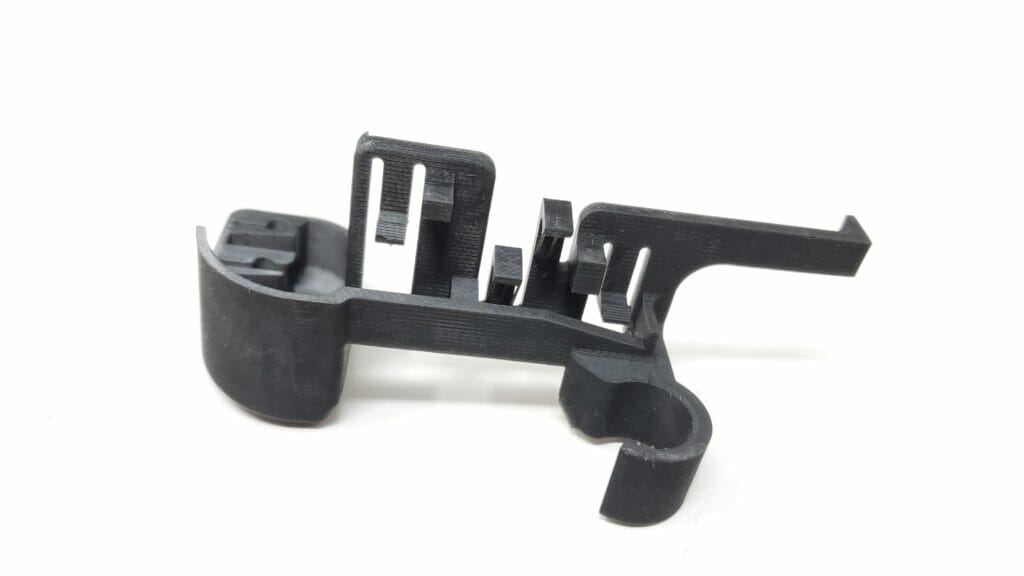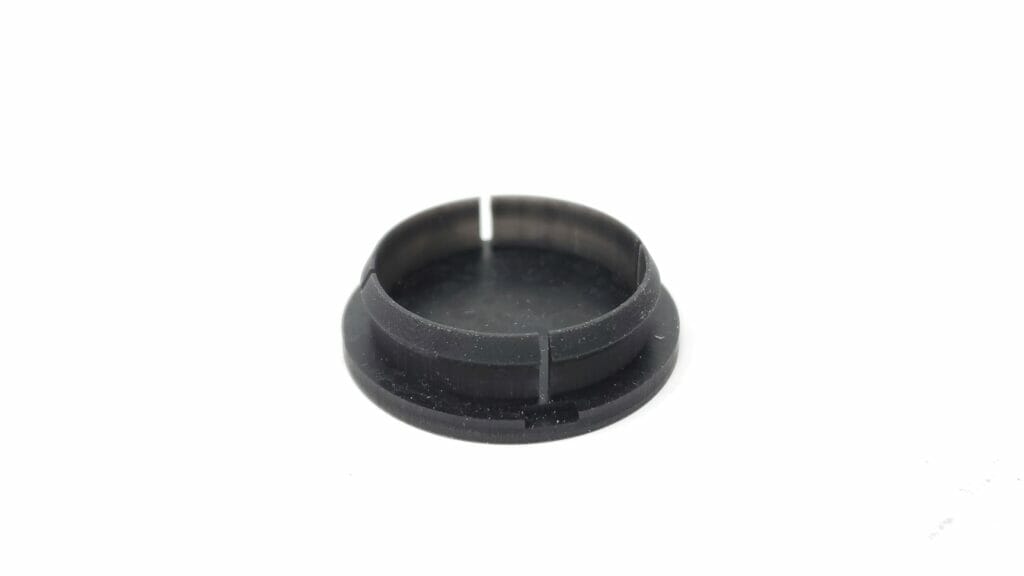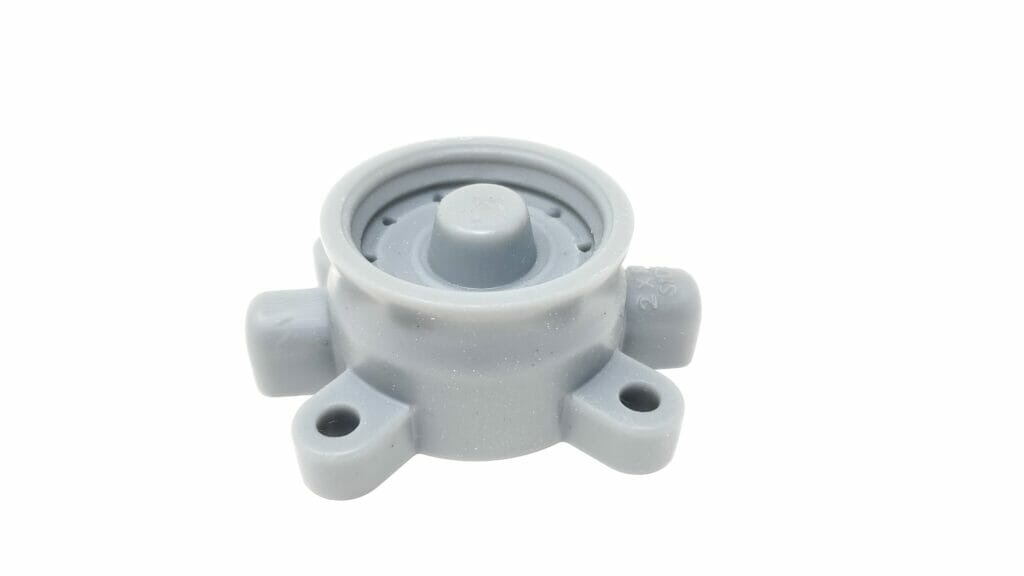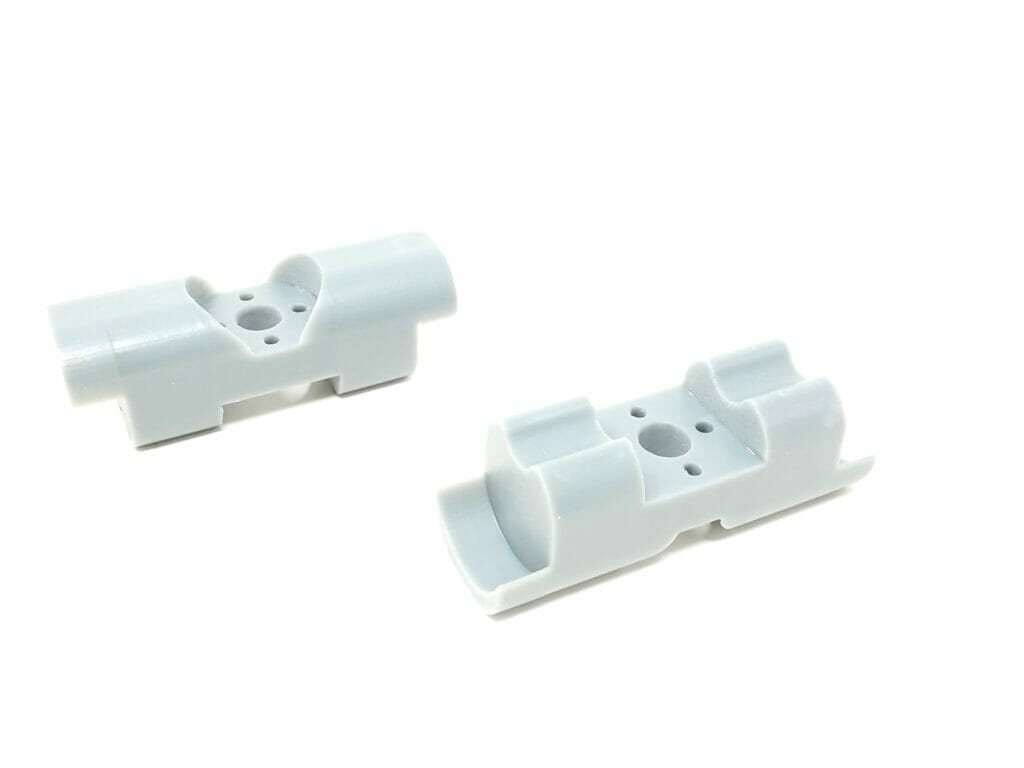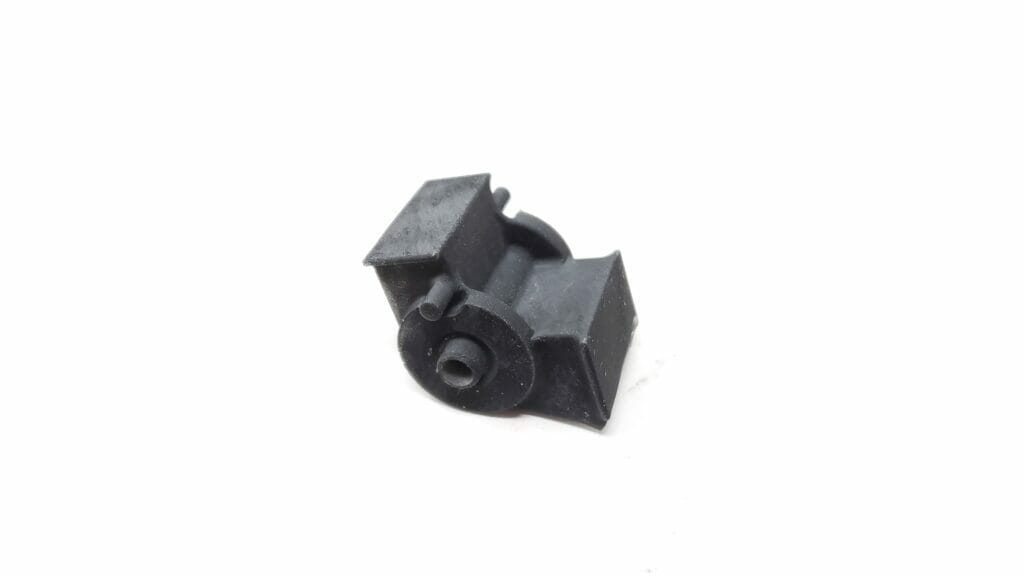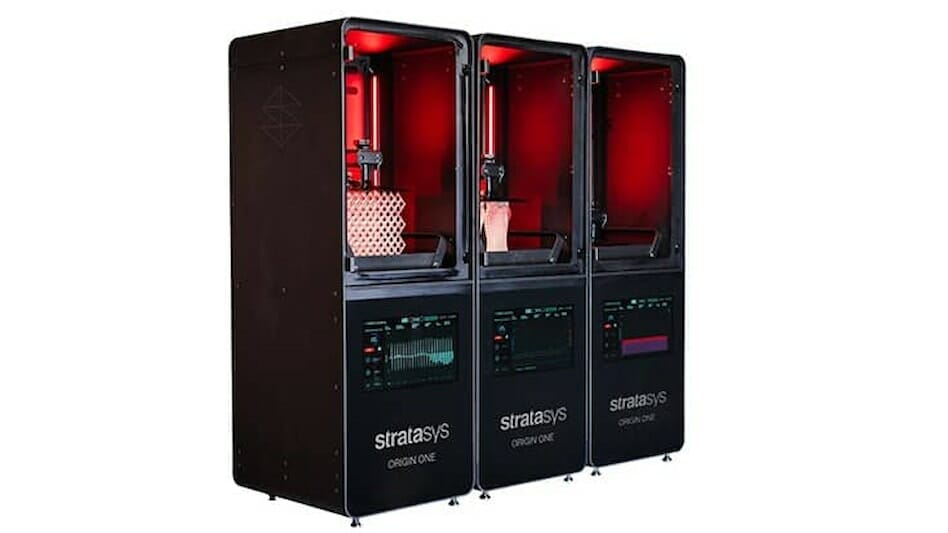
How Does DLP 3D Printing Work:
The DLP serves as the light projection component in DLP 3D printers, where it selectively illuminates the liquid resin to solidify it layer by layer.
DLP (Digital Light Processing) 3D printing technology utilizes a light source, typically a projector, to cure photopolymer resin layer by layer, resulting in the creation of three-dimensional objects. The working principle involves projecting an entire layer of the object onto a pool of liquid resin using a digital light projector. The light causes the resin to solidify, forming a thin layer. This process is repeated for each subsequent layer until the complete object is formed.
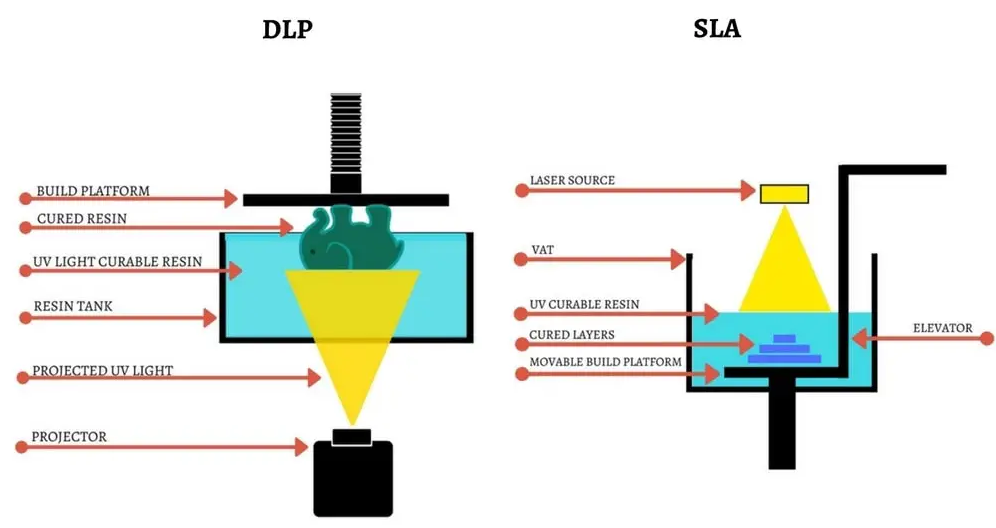
One of the notable advantages of DLP 3D printing is its ability to achieve high-resolution prints with intricate details. This is made possible by the utilization of a digital light projector capable of displaying precise images. The high resolution enables the production of complex geometries and ensures fine surface finishes with high accuracy.
Another benefit of DLP 3D printing is its speed. Compared to other methods like FDM, DLP printing is generally faster. Since each layer is cured simultaneously, there is no need for the print head to move across the build area, resulting in shorter print times for certain objects.
DLP 3D printing is compatible with a wide range of photopolymer resins, allowing for versatility in material selection. These resins can be engineered to possess various properties such as flexibility, rigidity, transparency, or biocompatibility. This compatibility with different materials enables the production of parts tailored to specific applications.
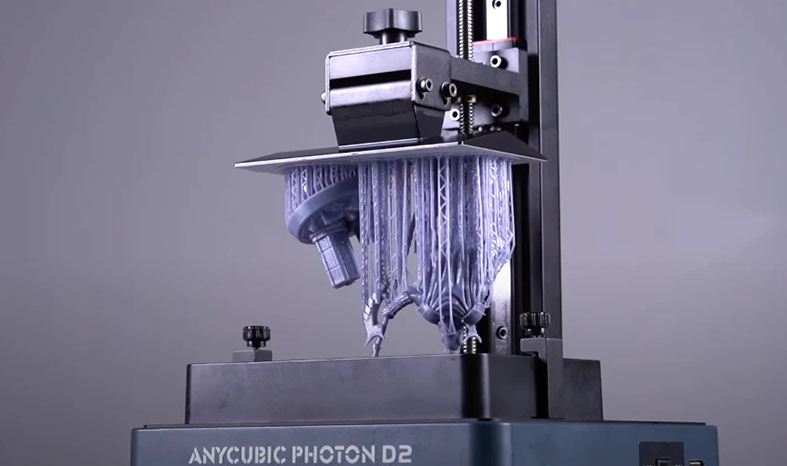
Post-processing in DLP 3D printing involves removing the completed object from the build platform and washing it to eliminate excess resin. Depending on the specific resin used, additional curing or post-curing using UV light may be necessary to achieve desired mechanical properties and hardness.
The applications of DLP 3D printing are diverse and span various industries. It is commonly used in prototyping, dentistry, jewelry, art, custom components, and small-scale manufacturing. The technology’s ability to create intricate designs with smooth surfaces makes it ideal for producing visually appealing objects.
However, it is important to note some limitations of DLP 3D printing. It has a restricted build size compared to other additive manufacturing technologies. Additionally, printed objects may have lower mechanical strength and durability due to the resin-based nature of the process.
In summary, DLP 3D printing offers high-resolution prints, faster production times, and the ability to create intricate designs with smooth surfaces. Its applications are diverse, but it is important to consider the limitations associated with this technology.

DLP (Digital Light Processing) 3D printing is utilized in various industries for creating a range of parts. In automotive manufacturing, DLP 3D printing is used for rapid prototyping of customized components, allowing engineers to quickly iterate and test designs. It enables the production of intricate parts with precise details, helping automotive manufacturers improve the efficiency and accuracy of their development processes.
In addition to automotive applications, DLP 3D printing is also widely used in other sectors. For example, in the jewelry industry, it allows for the creation of detailed and intricate designs that are challenging to achieve through traditional methods. Artists and sculptors utilize DLP 3D printing to produce visually striking sculptures with fine details. Furthermore, DLP 3D printing is employed in the manufacturing of microfluidic devices, biomedical components, architectural models, and fashion accessories.
The versatility of DLP 3D printing makes it a valuable tool across various industries, including automotive, manufacturing, jewelry, art, and biomedical fields. It enables the production of highly detailed and customized parts, streamlines prototyping processes, and offers new avenues for creative exploration.
Common applications for DLP parts:
- Jewelry
- Biomedical devices
- Housings
- Automotive parts
- Architectural models
- Jigs and fixtures
DLP 3D Printing Materials:
LOCTITE IND406: Black – tough rigid and durable 3D printing resin that performs well in industrial applications requiring high temperature use. The material offers all-round strength, good impact resistance, and high elongation.Key Material Facts:
- High heat deflection temperature
- Tough and durable
- Good surface finish
- Impact resistant
- Durable and Weather Resistant
Typical Applications Of This Material:
- Interior applications in automotive
- Functional prototyping
- Manufacturing tools
- Tooling and fixtures
- Production parts
- Machinery components
| TYPICAL PHYSICAL PROPERTIES | |
| MECHANICAL PROPERTIES | METRIC |
| Tensile Stress at Break | 55 MPa |
| Young’s Modulus | 1610 MPa |
| Elongation at Break | 25% |
| IZOD Impact Strength (Notched) | 35 J/m |
| Shore Hardness | 79 D |
| Thermal Conductivity | 206 mW/m*K |
DOWNLOAD THE FULL MATERIAL DATA SHEET HERE.
Key Material Facts:
- High heat deflection temperature, HDT 80 °C
- Tough with good dimensional stability
- Good surface finish
- Color: Black
Typical Applications Of This Material:
- Consumer products
- Functional prototyping
- Tooling and molds
- Interior applications in automotive
- Production parts
| TYPICAL PHYSICAL PROPERTIES | |
| MECHANICAL PROPERTIES | METRIC |
| Tensile Stress at Break (MPa) | 70 |
| Young's Modulus (MPa) | 2,600 |
| Elongation at Break (%) | 10 |
| IZOD Impact (Noched, J/m) | 27 |
| HDT at 0.455 (MPa) | 80 |
| Shore Hardness (3s) | D |
DOWNLOAD THE FULL MATERIAL DATA SHEET HERE.
SIL: Grey – 35A rubber, soft, biocompatible, and tear-resistant silicone urethane elastomer that is ideal for skin contact applications.
- Color: Grey
- Very flexible
- Compressible
- Excellent surface quality
- High dimensional accuracy and detail resolution
- Biocompatible parts
A typical application for SIL is for end use parts that need to be compressible and flexible while still able to keep shape and be wear resistant.
| TYPICAL PHYSICAL PROPERTIES | ||
| MECHANICAL PROPERTIES | ENGLISH | METRIC |
| Tensile Modulus | 440 psi | 3 MPa |
| Stress at 200% Elongation | 220 psi | 1.5 MPa |
| Ultimate Tensile Strength | 500 psi | 3.5 MPa |
| Tear Strength, Die C | 57 lbf/in | 10 kN/m |
| Shore Hardness | 31 A | |
| Elongation at Break | 350% |
DOWNLOAD THE FULL MATERIAL DATA SHEET HERE.
Key Material Facts:
- Withstand mechanical stresses from molding processes
- High HDT >230 °C
- High resolution features
- Tough with good dimensional stability
- Good surface finish
- Durable and Weather Resistant
Common Applications
- Tooling at high temperature, low pressure
- Functional prototyping
- Manufacturing tools
- Prototyping of high temperature parts
- Production parts
- Customized Molds
| TYPICAL PHYSICAL PROPERTIES | |
| MECHANICAL PROPERTIES | METRIC |
| Tensile Stress at Break | 67 MPa |
| Young's Modulus | 3190 MPa |
| IZOD Impact, un-notched | 14.6 J/m |
| HDT at 0.455 | 291 MPa |
| Shore Hardness | 94 D |
| Elongation at Break | 2% |
DOWNLOAD THE FULL MATERIAL DATA SHEET HERE.
Key Material Facts:
- Fire Safety Material
- Halogen-free
- Flame retardant
- Excellent flexural and tensile physical properties
- Durable and Weather Resistant
Typical Applications Of This Material:
- HVAC Components for Aircraft
- Functional prototyping
- Manufacturing tools
- Clips and Plugs for Control Systems/Cabinets
- Production parts
- Connectors, Electronic Housings
| TYPICAL PHYSICAL PROPERTIES | |
| MECHANICAL PROPERTIES | METRIC |
| Tensile Stress at Break | 67 MPa |
| Young's Modulus | 3,600 MPa |
| Elongation at Break | 2% |
| Flexural Modulus | 4600 MPa |
| Shore Hardness | 85 D |
| IZOD Impact (Notched) | 22.5 J/m |
DOWNLOAD THE FULL MATERIAL DATA SHEET HERE.
Key Material Facts:
- Excellent interlayer adhesion
- True elastomeric behavior
- Good rebound performance
- Durable with high energy return
Typical Applications Of This Material:
- Consumer products
- Functional prototyping
- Shoe Insoles
- Lattice structures for sportswear
- Production parts
| TYPICAL PHYSICAL PROPERTIES | |
| MECHANICAL PROPERTIES | METRIC |
| Tear Strength | 28 kN/m |
| Young's Modulus | 42 MPa |
| Elongation at Break | 230% |
| Energy Return | 33% |
| Shore D Hardness | 76 D |
| Stress at Break | 6.1 MPa |
DOWNLOAD THE FULL MATERIAL DATA SHEET HERE.
Key Material Facts:
EPX 82 combines functional toughness, stiffness, and temperature resistance, making it useful for a variety of automotive, industrial, and consumer applications.
| TYPICAL PHYSICAL PROPERTIES | ||
| MECHANICAL PROPERTIES | ENGLISH | METRIC |
| Yield Strength | 10 ksi | 80 MPa |
| Unnotched Izod | 7 ft-lb/in | 370 J/m |
| Ultimate Tensile Strength | 5% | 80 MPa |
| Thermal Conductivity | 1.3 BTU/hr-ft-°F | 0.2 W/m-k |
| Shore Hardness | 88 D | |
| Elongation at Break | 5% |
DOWNLOAD THE FULL MATERIAL DATA SHEET HERE.
Key Material Facts:
RPU 70 is a tough, rigid material that is a good choice for parts requiring strength, toughness, and moderate heat-resistance.
| TYPICAL PHYSICAL PROPERTIES | ||
| MECHANICAL PROPERTIES | ENGLISH | METRIC |
| Yield Strength | 6 ksi | 40 MPa |
| Unnotched Izod, 23 °C (-30 °C) | 6 ft-lb/in (6 ft-lb/in) | 300 J/m (320 J/m) |
| Ultimate Tensile Strength | 6 ksi | 40 MPa |
| Strain at Yield | 5% | 5% |
| Shore Hardness | 80 D | |
| Elongation at Break | 100% |
DOWNLOAD THE FULL MATERIAL DATA SHEET HERE.
Key Material Facts:
RPU 130 is a strong and tough engineering polyurethane offering a unique combination of durability, impact resistance, and performance at elevated temperatures.
| TYPICAL PHYSICAL PROPERTIES | ||
| MECHANICAL PROPERTIES | ENGLISH | METRIC |
| Yield Strength | 4 ksi | 25 MPa |
| Notched Izod | 1.4 ft-lb/in | 75 J/m |
| Ultimate Tensile Strength | 5 ksi | 35 MPa |
| Coefficient of Thermal Expansion (-60, 100 °C) | 82 ppm/° | 150 ppm/°C |
| Shore Hardness | 77 D | |
| Elongation at Break | 100% |
DOWNLOAD THE FULL MATERIAL DATA SHEET HERE.
Key Material Facts:
EPU 40 is a high-performance polyurethane elastomer that is a good choice for applications where high elasticity and tear resistance are needed.
| TYPICAL PHYSICAL PROPERTIES | ||
| MECHANICAL PROPERTIES | ENGLISH | METRIC |
| Tensile Modulus | 1200 psi | 8 MPa |
| Stress at 50% Elongation | 290 psi | 2 MPa |
| Ultimate Tensile Strength | 2700 psi | 19 MPa |
| Stress at 200% Elongation | 870 psi | 6 MPa |
| Shore Hardness | 71 A | |
| Elongation at Break | 400% |
DOWNLOAD THE FULL MATERIAL DATA SHEET HERE.
Key Material Facts:
EPU 41 is a production-grade elastomeric material that is especially well-suited for elastomeric lattices here high resiliency is needed.
| TYPICAL PHYSICAL PROPERTIES | ||
| MECHANICAL PROPERTIES | ENGLISH | METRIC |
| Tensile Modulus | 1160 psi | 8 MPa |
| Tear Strength | 110 lbf/in | 20 kN/m |
| Ultimate Tensile Strength | 2200 psi | 15 MPa |
| Stress at 200% Elongation | 1300 psi | 9 MPa |
| Shore Hardness | 70 A | |
| Elongation at Break | 300% |
DOWNLOAD THE FULL MATERIAL DATA SHEET HERE.
Key Material Facts:
CE 221 is a high-performance material with excellent strength, stiffness, and temperature resistance.
| TYPICAL PHYSICAL PROPERTIES | ||
| MECHANICAL PROPERTIES | ENGLISH | METRIC |
| Tensile Modulus | 570 ksi | 3900 MPa |
| Unnotched Izod | 5 ft-lb/in | 290 J/m |
| Ultimate Tensile Strength | 12 ksi | 85 MPa |
| Thermal Conductivity | 0.1 BTU/hr-ft-°F | 0.17 W/m-k |
| Shore Hardness | 92 D | |
| Elongation at Break | 3% |
DOWNLOAD THE FULL MATERIAL DATA SHEET HERE.
Examples of DLP 3D Printed Parts:
